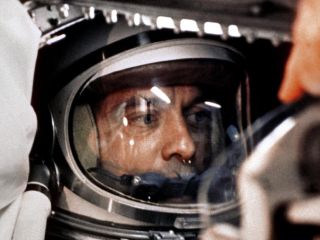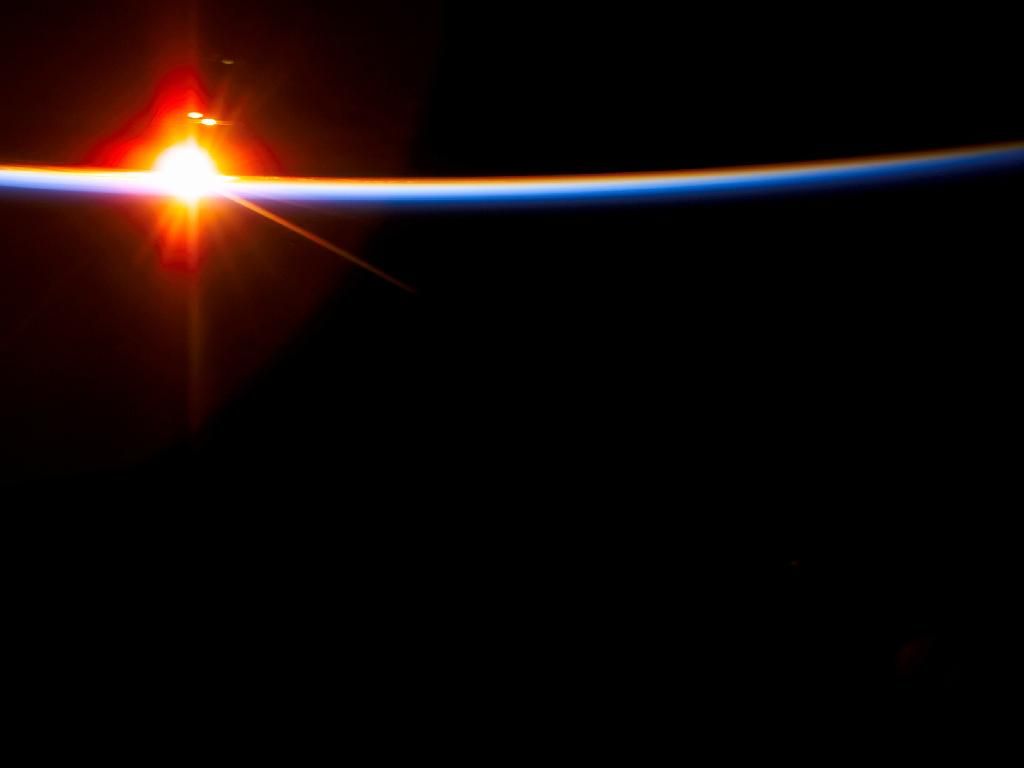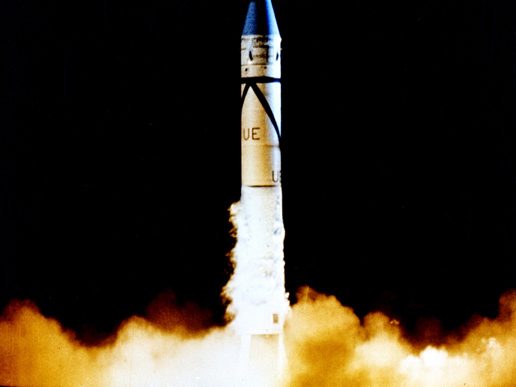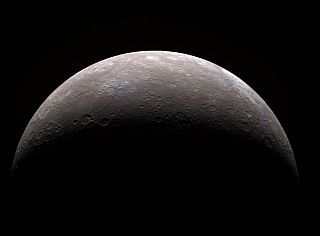In Part II, I posted a neat little video that shows the final landing sequence and initial deployment of panels and sensors. I’m hoping that I will be able to watch the control center during final approach and landing. I expect it will be on the NASA Channel – I’m going to check into that for sure.
Image and excerpt below courtesy of NASA.
May 13, 2008: NASA’s Phoenix Mars Lander is preparing to end its long journey and begin a three-month mission to taste and sniff fistfuls of Martian soil and buried ice. The lander is scheduled to touch down on the Red Planet on Sunday, May 25th.
Phoenix will enter the top of the Martian atmosphere at almost 13,000 mph. In seven minutes, the spacecraft must complete a challenging sequence of events to slow to about 5 mph before its three legs reach the ground. Confirmation of the landing could come as early as 7:53 p.m. EDT.
Right: An artist’s concept of NASA’s Phoenix Mars Lander a moment before its 2008 touchdown on the arctic plains of Mars. Pulsed rocket engines control the spacecraft’s speed during the final seconds of descent.
“This is not a trip to grandma’s house. Putting a spacecraft safely on Mars is hard and risky,” said Ed Weiler, associate administrator for NASA’s Science Mission Directorate at NASA Headquarters in Washington. “Internationally, fewer than half of all attempts to land on Mars have succeeded.”
Rocks large enough to spoil the landing or prevent opening of the solar panels present the greatest known risk. However, images from the High Resolution Imaging Science Experiment (HiRISE) camera on NASA’s Mars Reconnaissance Orbiter, detailed enough to show individual rocks smaller than the lander, have helped lessen that risk.
“We have blanketed nearly the entire landing area with HiRISE images,” said Ray Arvidson of Washington University in St. Louis, chairman of the Phoenix landing-site working group. “This is one of the least rocky areas on all of Mars and we are confident that rocks will not detrimentally impact the ability of Phoenix to land safely.”

 It’s hard to believe that it’s been that long. I remember listening to the launch and recovery on the radio while in a shop class in high school.
It’s hard to believe that it’s been that long. I remember listening to the launch and recovery on the radio while in a shop class in high school.

